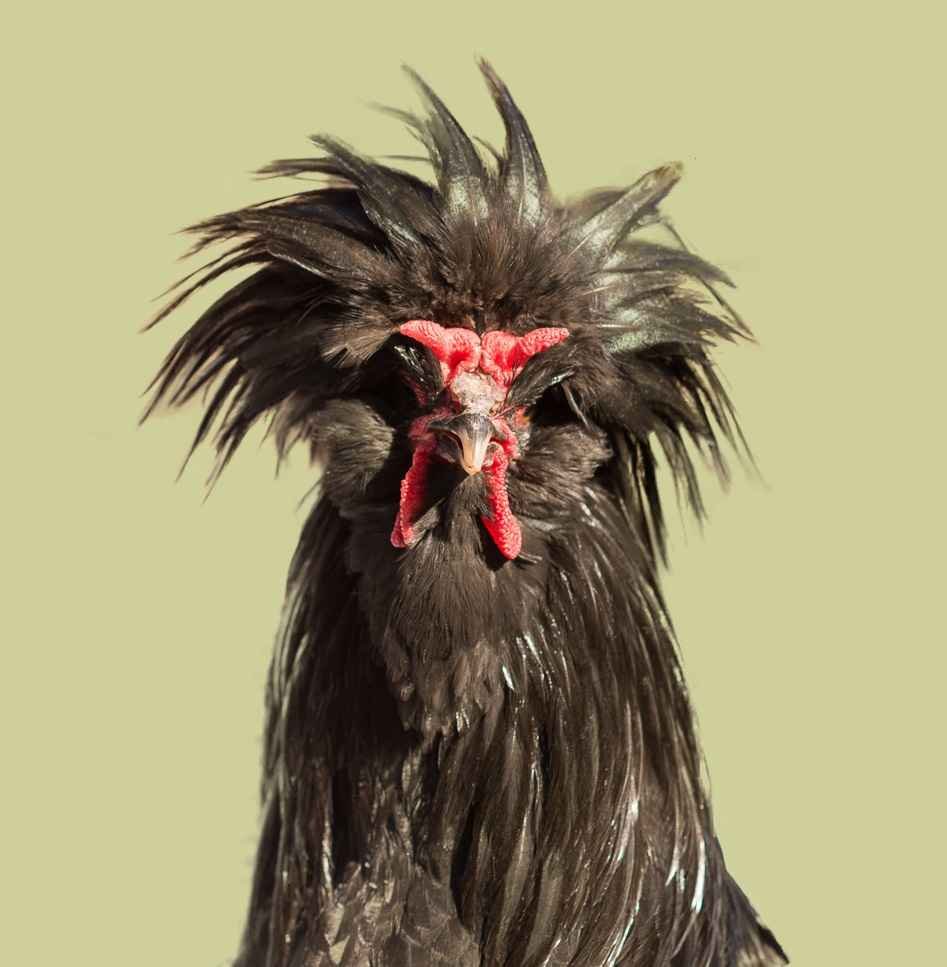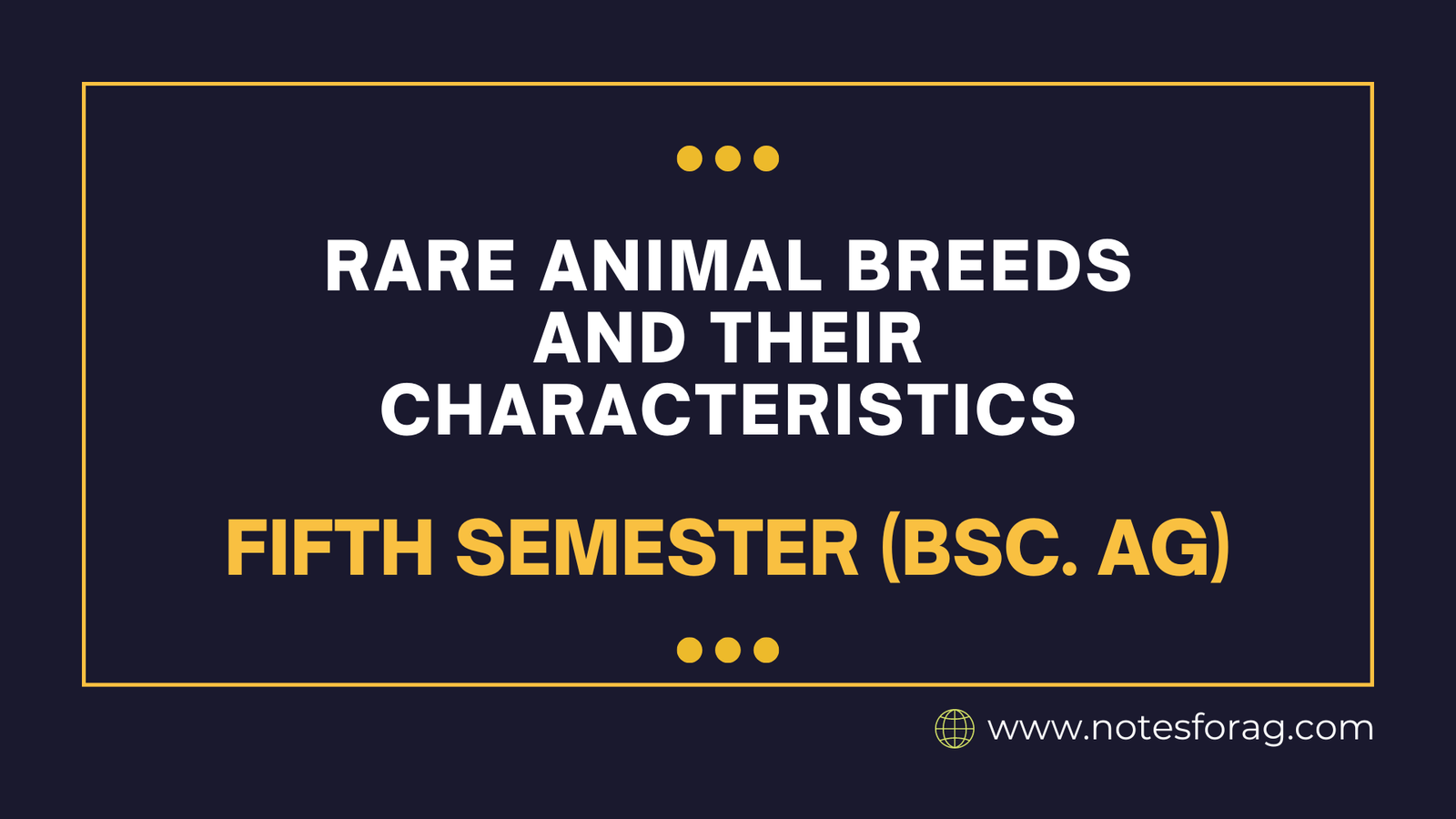Rare animal breeds of various species are distinct heritage breeds whose populations have declined owing to industrialization and the dominance of commercial varieties. These rare animal breeds are frequently extremely adaptable to local settings, resistant to disease, and have distinguishing characteristics such as distinct looks, hardiness, and specialty qualities. They play an important role in biodiversity conservation and sustainable farming methods. Their conservation is critical for preserving genetic variety and safeguarding the long-term sustainability of agricultural systems.
Table of Contents
Introduction to Rare Animal Breeds
Rare animal breeds are defined using precise criteria, with an emphasis on population numbers, genetic variety, and historical relevance. These rare animal breeds often exhibit distinctive qualities that have evolved throughout time, making them distinct within their species. The rarity of an animal breed can be determined by its population size, which can be dangerously low, frequently dropping below a threshold that raises conservation concerns. For example, a breed may be considered uncommon if fewer than 1,000 breeding individuals exist.
Genetic diversity is another important requirement. A breed with a small genetic pool may be more vulnerable to illnesses and environmental changes, emphasizing the need for preservation efforts. In terms of historical relevance, numerous rare breeds have played critical roles in agriculture, culture, and ecosystems, promoting biodiversity and local customs. They are frequently linked to specific geographic places or cultural heritage, acting as living reminders of the past.
Examples of Rare Animal Breeds of Different Species
1. Mammals
Pigs

- Large black pig (UK):
- Characteristics: It is distinguished by its black skin and wide, floppy ears, which hide its eyes from sunlight and allow it to feed in broad fields for longer periods. The breed is docile, adaptable to outdoor conditions, and produces tasty, marbled pork.
- Rarity: Due to the increase of commercial pig breeds, what was formerly common is now considered unusual.
Cattle
- Ankole Watusi (Africa):
- Characteristics: It is known for its characteristic enormous, lyre-shaped horns, which can grow to be 8 feet long. It is extremely resistant to harsh African weather and diseases.
- Rarity: Decreased owing to crossbreeding with higher-producing cattle.
Sheep
- Manx Loaghtan (The Isle of Man):
- Characteristics: This distinctive sheep breed is distinguished by its dark brown fleece and multi-horned head (typically four or more horns). It is resilient and may survive even in poor grazing circumstances.
- Rarity: Listed as rare, conservation programs are in existence.
Goats
- San Clemente Island Goat (US):
- Characteristics: This wild breed originated on San Clemente Island and is small and thin. It is extremely nimble and suited to harsh, desert regions. Known for its genetic purity.
- Rarity: Critically endangered, having only a few living individuals.
2. Birds
Chickens

- Creve Coeur Chicken (France):
- Characteristics: An beautiful breed with a feathery crest on its head and shining black plumage. It is a breed that produces meat as well as eggs.
Ducks
- Shetland Ducks (UK):
- Characteristics: A petite, resilient duck breed from the Shetland Islands that excels at foraging and adapts to cold, rainy climes. It has black and white plumage.
- Rarity: Critically endangered, with only a few reproductive populations left.
3. Equines
Horses
- Cleveland Bay Horses (UK):
- Characteristics: A versatile horse breed with a strong frame and bay coat. It is recognized for its power and endurance, making it suitable for both farm work and riding.
- Rarity: One of the world’s rarest horse breeds, with fewer than 1,000 remaining.
Donkeys
- Poitou Donkeys (France):
- Characteristics: This breed, known for its long, shaggy coat and huge bulk, has traditionally been used to breed mules. It’s kind and docile.
- Rarity: Endangered, with only a small population left in France.
4. Aquatic Species
Fish
- Golden Mahseer (India):
- Characteristics: A large freshwater fish found in Himalayan rivers. It is recognized for its beautiful golden scales and significance in local ecosystems.
- Rarity: Endangered because to overfishing and habitat loss.
5. Other Species
Rabbits
- American Blue Rabbit (US):
- Characteristics: This breed, known for its slate-blue coat, is hardy and was once valued for both fur and meat.
- Rarity: Endangered species with conservation measures underway.
Dogs
- Otterhounds (UK):
- Characteristics: A large, rough-coated scent hound designed to hunt otters. It has a unique shaggy appearance and a strong, independent personality.
- Rarity: One of the rarest dog breeds, with only a few remaining globally.
Rare breeds from various species are critical for biodiversity preservation and provide distinct features that are frequently lost in commercial breeding. Their versatility, resilience, and cultural significance make them useful in sustainable farming and conservation initiatives.
Frequently Asked Questions
What are rare animal breeds?
Rare animal breeds are heritage or traditional breeds whose numbers have decreased, typically as a result of industrial farming and the preference for high-yielding commercial species. These animals are typically well-adapted to their environments and possess distinct traits that make them valuable for biodiversity and conservation.
What are the characteristics of a rare breed?
A rare pig breed usually has distinct characteristics such as color, size, or adaptability to specific conditions. These breeds frequently have slower growth rates, particular dietary requirements, and smaller population sizes, making them less commercially viable yet valued for heritage features, meat flavor, or conservation initiatives.
Related Articles

